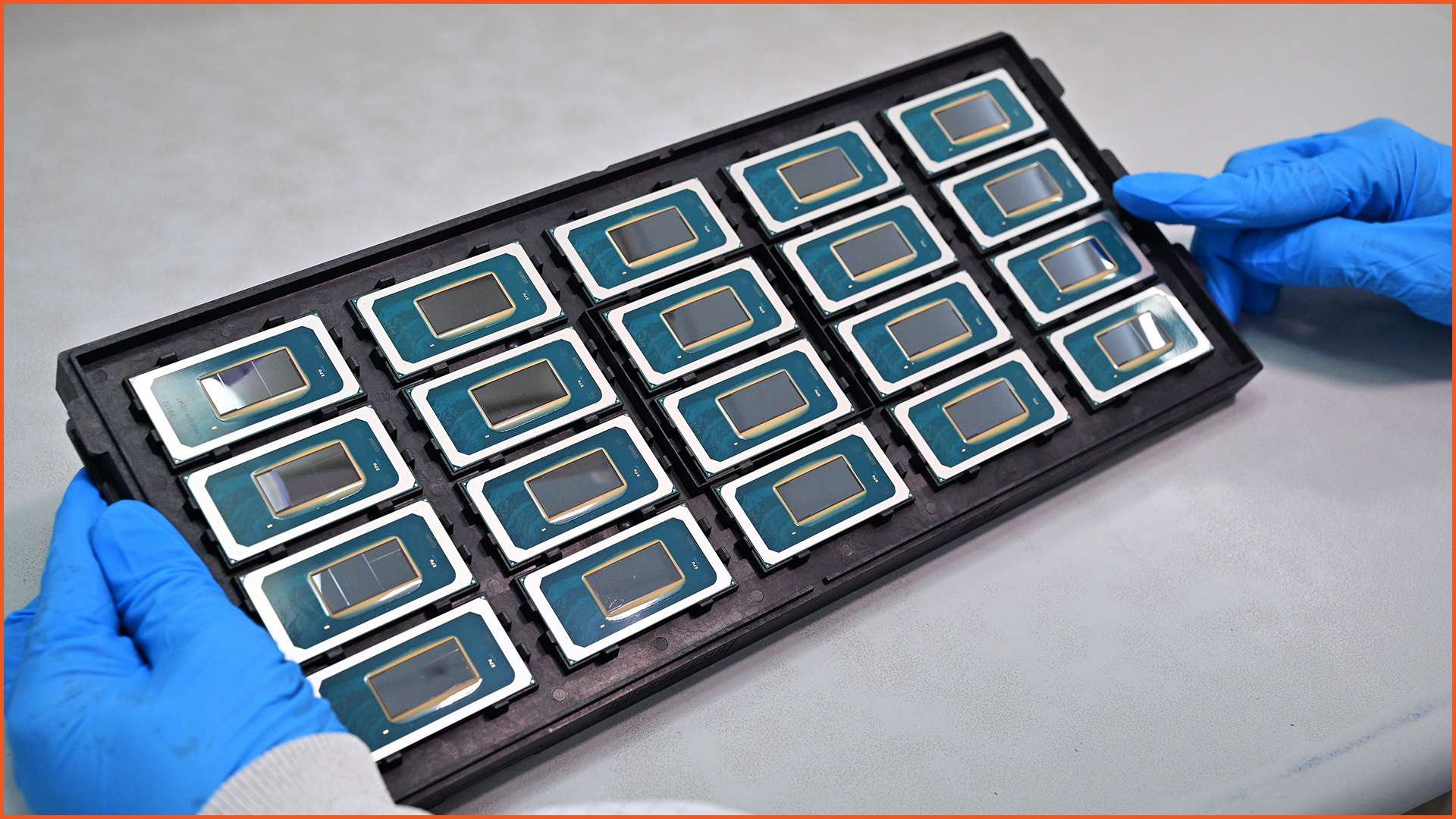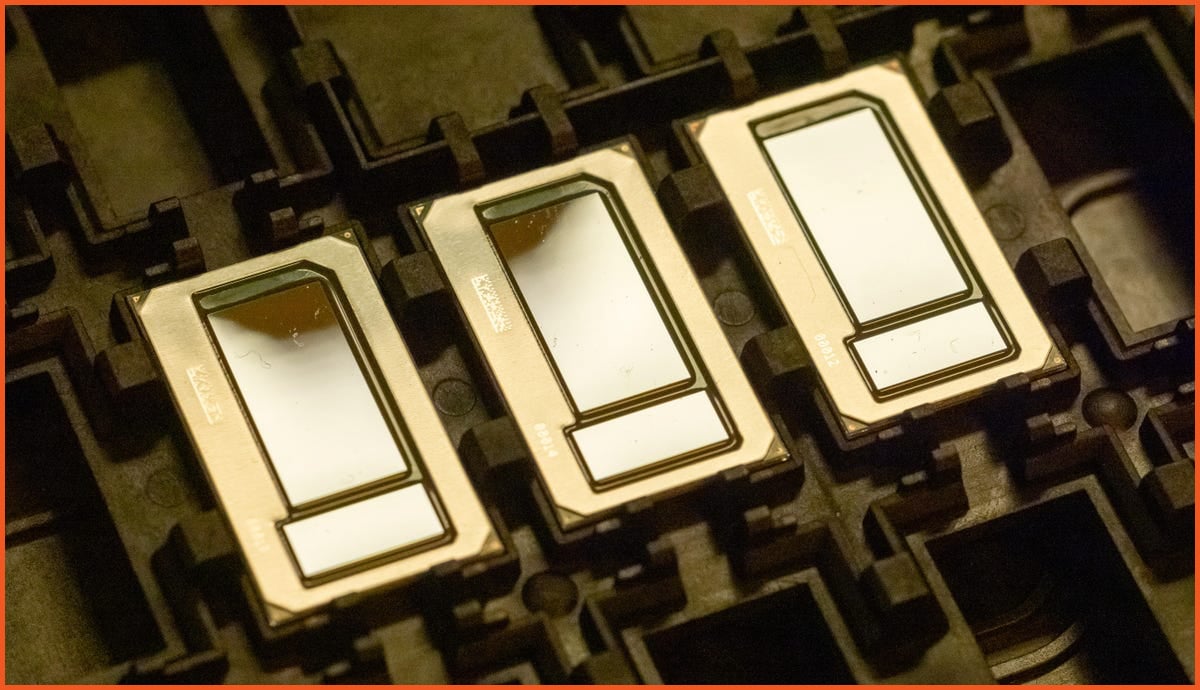Intel Innovation 2023: Announcement Roundup
%20Intel%20Innovation%202023%20Announcement%20Roundup.png)
Intel has made some exciting announcements at its Intel Innovation 2023 event, bringing forth innovative chip designs to be released in the next few years. Pat Gelsinger, the company’s CEO, gave a lengthy keynote address, providing details on what’s to come beginning at the end of 2023.
As a leading chipmaker, Intel vies to be at the forefront of the artificial intelligence (AI) revolution. Its technology will enable enterprises and general consumers to embrace various AI tools. Held in San Jose, California, the event was attended by industry insiders and analysts.
In this article, we will discuss the following:
- The main announcements from the company, including processors.
- The release schedule.
- Other takeaways to keep in mind.
Not the article you were looking for today? Try these out:
- How to Uncover OpEx Waste in Your Maintenance Strategy
- AI-Powered Self-Defending SSD Storage Could Change the Game
- Top 5 Ways to Reduce Costs for Your Data Center for 2023
Critical Announcements at Intel Innovation 2023
Here’s everything you need to know from the Intel Innovation event:
5th Generation Xeon Processor Designs
Intel previewed the 5th generation Xeon processors, expected to perform even better than their predecessors without requiring more power. These processors are bifurcated into two core designs, each optimized for performance and efficiency, respectively.

(Image: source)
The Xeon P core (Granite Rapids) is designed to maximize performance, whereas the E core (Sierra Forest) will prioritize efficiency. The P cores will deliver optimized computing power, ideal for handling AI workloads. These are supposed to be up to three times faster than their predecessor.
On the other hand, the E cores will deliver better rack density (2.5x) and per-watt performance efficiency, ideal for simpler workloads that don’t require as much computing power. The most powerful Sierra Forest processor will feature 288 E cores.
These Xeon processors, codenamed Emerald Rapids, will be released in late 2023 and should be available in early 2024.
Meteor Lake Core Processors for AI
Besides announcing the Xeon processor line-up, Intel also announced new core processors for desktops. These processors may not hold much importance for enterprise networks and data centers. However, these processors are typically the starting point of what’s to come with more robust data center processors.
The codenamed Meteor Lake (Core Ultra) processors are scheduled for release in December 2023. What’s different with Meteor Lake, compared to its predecessor, Raptor Lake, is that it features chiplets instead of shipping as a single chip. That’s something AMD and Qualcomm, Intel’s rivals in the chip industry, have already been doing.
Meteor Lake features four tiles or chiplets: one CPU, one GPU, one SoC, and one I/O. The four chiplets are connected with high-speed interconnects. The SoC will act as a low-power processor, essentially taking simpler tasks off the CPU and GPU chips. There’s also support for wireless connectivity, HDMI 2.1, and DP 2.1.
Like the idea of efficient cores on Xeon processors, the Meteor Lake processors also feature E-cores or “low power islands” dedicated to processing non-complex workloads. This setup renders this new processor much more power-efficient, as it doesn’t tap the power-hungry tiles for simpler workloads.
Another highlight of the Meteor Lake is that it's the first processor that features an integrated neural processing unit (NPU), an AI accelerator, so these processors for PCs are AI-ready.
Lunar Lake Coming Out in 2024
Intel didn’t just announce the chips it's releasing next but also what it’s working on after those releases. The CEO discussed the second successor of Meteor Lake processors, the Lunar Lake, which is set to be released later in 2024.
Notably, this client processor will utilize the Foveros design, a new microarchitecture incorporating stacked chips for more computing power. More importantly, it will introduce an even smaller transistor thanks to the Intel 18A manufacturing process.
Not much was discussed about this product, except the new architecture and manufacturing technology. However, we know for sure that these processors will soon be in the market for consumers.
Panther Lake Coming Out in 2025
In his keynote address, Gelsinger also announced the Panther Lake Core processors, which may be officially announced as early as 2025. He only confirmed that work has begun on the processor and that it will enter production as soon as early 2024. However, no other details were shared, such as the chip’s architecture or performance improvements.
New Designs and Materials
Intel is embracing a modular chiplet design, which will change the game in the world of processors. The CEO shared a glimpse of Pike Creek, the first modular chiplet processor using the Universal Chiplet Interconnect Express (UCIe) standard.
This modular design enables different chips to be used in one processor. In other words, Intel can use chips from other makers to ship processors faster or improve their overall performance and efficiency. The UCIe standard will enable these different silicons to work together as one processor seamlessly. However, such modular processors may not be out until late 2024.

(Image: source)
Intel also announced that it’s exploring new technologies that will allow the chips to be embedded in glass instead of the organic resin it has used. The main advantage of switching to glass is that it’s more space-efficient, accommodating more transistors. Moreover, glass may prove more durable, or at least that’s what Intel aims to achieve.
The company just gave a glimpse of what it’s working on in this regard, with no hard dates for when such processors will hit the market. So, glass-based chips may not be announced for another few years.
Intel’s Supercomputer
Gelsinger announced Intel’s AI supercomputer, which, when complete, is expected to be among the world’s top 15 supercomputers. It will be built using Xeon processors and Gaudi accelerators. It’s making the supercomputer with Stability AI, the company behind the Stability Diffusion model that creates images from text prompts.
The announcement comes as the trend of building supercomputers specifically for AI picks up, with major tech companies already making similar announcements. Earlier this year, Nvidia announced its AI supercomputer (DGC GH200).
The Takeaways to Remember
Intel’s upcoming processors for data center servers and PCs are performance and efficiency-centric, with new architectures that capitalize on different chip strengths. It’s also clear that Intel is set to compete with NVIDIA to capture the AI-ready hardware market with its processors optimized for handling AI workloads.
The announcements at Intel Innovation 2023 showcase the company’s vision for the near future as it plans to improve processors, especially for datacenter and enterprise hardware that are still somewhat struggling to adapt to the performance requirements of AI applications.
PivIT has long been a supplier of enterprise equipment powered by Intel processors. Intel processors are the preferred option for many data centers and service providers, given their performance and reliability.
If you’re looking to refresh equipment and are searching for Intel-powered servers, PivIT can help you find exactly what you need.
